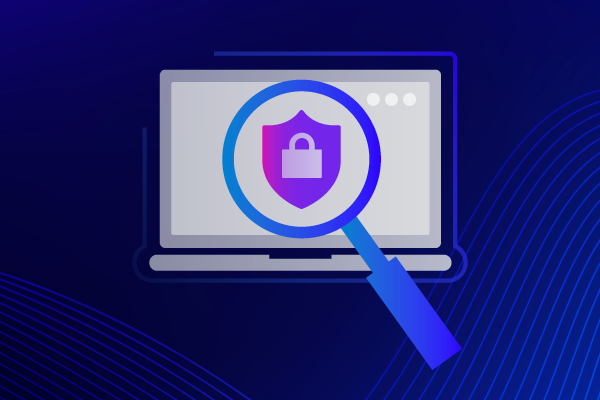What Is Malware?
Almost 600,000 pieces of new malware are detected every day. Malware, a type of software designed to seriously damage or disable computer systems, can lead to data theft. It can spread through email attachments, downloads or physical media (think DVDs/Blu-rays). Malware can also be disguised as legitimate software.
Once installed, malware can collect sensitive information, delete files or damage system hardware. Malware can be difficult to remove, and it often requires special software or manual removal techniques. Some types of malware, such as ransomware, can also encrypt files and demand payment for the decryption key.
What are the different types of malware?
There are many different types of malware. Each type of malware has its own specific purpose and method of operation. Types of malware include:
Viruses
Viruses are the best-known type of malware. They are small pieces of code that can replicate themselves and spread from one computer to another. Once a virus has infected a computer, it can cause the system to crash or delete important files. Worms are similar to viruses, but they don’t need to attach themselves to a program in order to spread. Instead, they can duplicate themselves and spread through networks of computers.
Trojans
Trojans are another type of malware used by hackers to gain access to a computer system. A Trojan disguises itself as a benign file or program, but once it is installed on a computer, it can allow a hacker to take control of the system.
Spyware
Spyware collects information about a computer user without their knowledge or expressed consent. Spyware can track a user’s online activity and even record keystrokes. This helps the attacker steal sensitive information, such as passwords and credit card numbers.
How does malware end up on a computer?
In most cases, malware is spread through email attachments or downloads from untrustworthy websites. Once it’s on a computer, it can do everything from deleting files to stealing personal information.
That’s why it’s important to be careful when opening email attachments and downloading files from the Internet.
How to prevent malware
There are a few things that can be done to protect against malware.
Install and maintain up-to-date anti-virus and anti-malware software. This software will help to detect and remove malware from your system.
Use caution when downloading. Be careful about what you download and install on your computer, as malicious software can often be disguised as legitimate programs.
Keep your operating system and other software up-to-date. Outdated software can often be exploited by malware.
By taking these steps, you can help to protect your computer from malware.
Malware defense supports business continuity
Businesses that rely on computers are at high risk for malware attacks. This makes having a strong malware defense strategy critical for any business that wants to avoid downtime and business disruption. While there are many different types of malware, they all share the same goal: Harm a business by disrupting its operations or stealing its data.
A strong malware defense strategy and a solution designed to detect malware will help to protect a business against these threats. It ensures that operations can continue in the event of an attack.
Malware defense starts with a comprehensive understanding of the possible threats a business could face. By knowing which types of malware are most likely to target its systems, a business can take steps to protect itself.
Businesses that handle sensitive customer data should invest in robust anti-malware solutions. Similarly, companies that rely heavily on online operations or cloud computing should consider investing in malware defense measures. These might include firewalls and intrusion detection systems. By taking these steps, businesses can make it much harder for attackers to succeed in causing harm and business disruption.
Incident response
Businesses should also develop comprehensive incident response plans. These plans should be designed to minimize the impact of an attack and help the business recover quickly.
For example, businesses should have procedures in place for backing up data and restoring systems. They should also have plans for communicating with customers and other stakeholders in the event of an attack.
With these plans in place, businesses can mitigate the damage that a malware attack can cause and quickly resume operations.
Managing threats to cybersecurity
Malware defense is essential for any business that wants to protect itself from the growing threat of malware attacks. By taking steps to understand the threats it faces and investing in defensive technologies, businesses can make it much harder for attackers to succeed.



